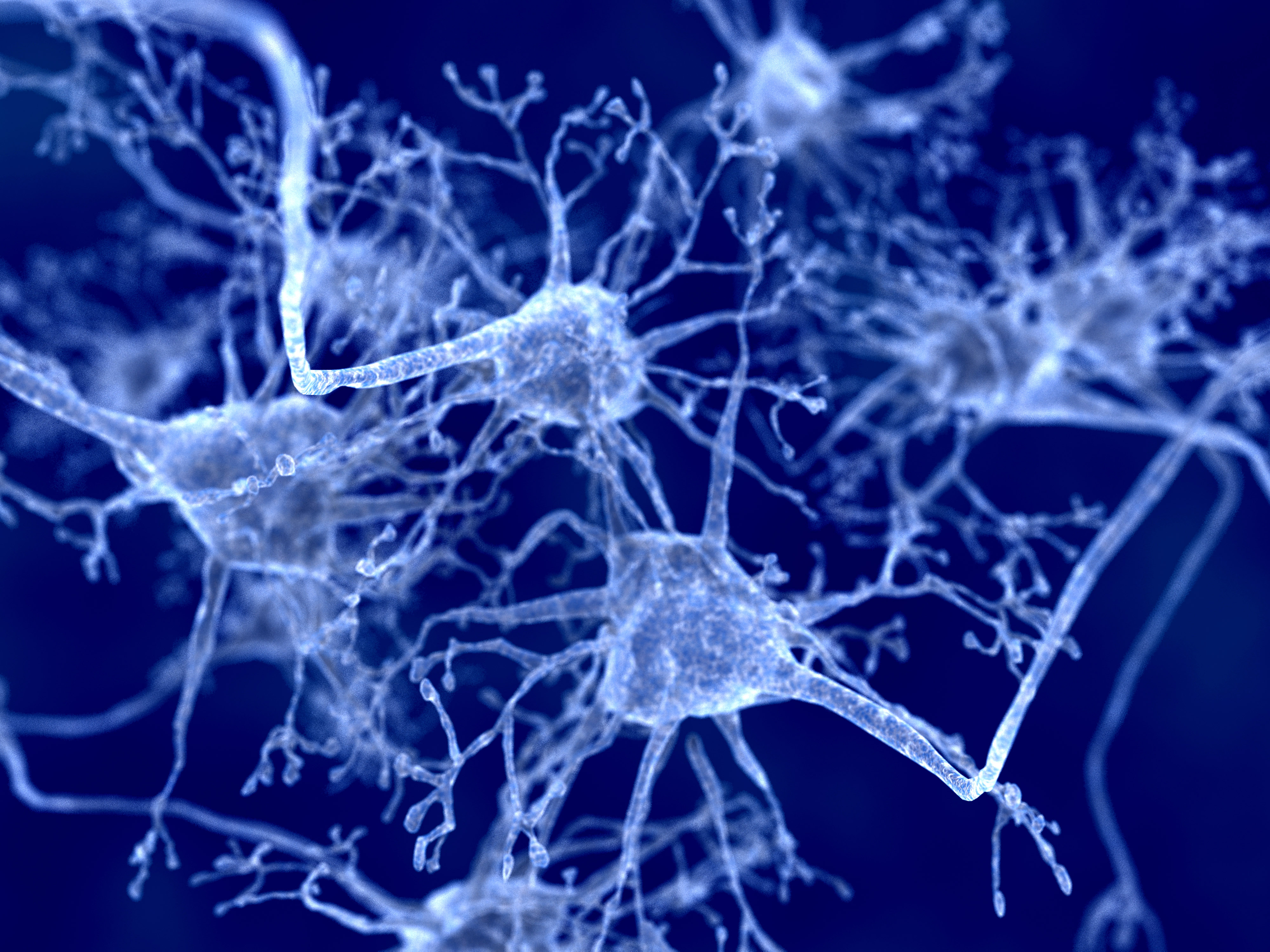Tiny Changes in Alpha-synuclein Protein Could Be an Important Driver in Parkinson’s, Study Suggests

Researchers have found that selective mutations in the protein alpha-synuclein affect its binding to cell membranes with potential implications in Parkinson’s disease (PD) and therapeutic strategies.
The study, “Alpha-Synuclein Disease Mutations Are Structurally Defective and Locally Affect Membrane Binding,” was published in the Journal of the American Chemical Society.
Current knowledge supports the idea that, in Parkinson’s, clumping of alpha-synuclein inside cells can disrupt cellular homeostasis (equilibrium) and neuronal communication, leading to cell death. And, secreted alpha-synuclein may cause detrimental effects on neighboring cells, possibly contributing to disease propagation.
Alpha-synuclein is a small protein present in large quantities in the human brain. In hereditary Parkinson’s (about 10 to 15 percent of Parkinson’s cases have been linked to a genetic cause), one of the 140 amino acids that form alpha-synuclein has been replaced. The mutations observed in Parkinson’s have been shown to have an impact on protein binding to the cell membrane.
The research team was led by Malte Drescher, PhD, a professor of spectroscopy of complex systems at the University of Konstanz in Germany. The scientists examined the effects of selective mutations in the alpha-synuclein protein in its ability to bind to membranes.
The research team applied tiny magnetic probe molecules to various places on the alpha-synuclein protein. Using a technique called paramagnetic resonance spectroscopy – similar to magnetic resonance imaging (MRI) and used in the medical field – the researchers were able to find out precisely when and where binding to the membranes occurs. In the context of the mutations in alpha-synulein, the scientists observed that altering amino acids caused a disturbance of the protein’s binding to membranes. This could be a relevant clue to the underlying disease mechanisms in Parkinson’s.
“We went to great lengths, performing over 200 spectroscopic experiments, the results of which we compared with our models by means of a specially developed simulation algorithm. The outcome certainly compensated our efforts,” Julia Cattani, a doctoral student and one of the study’s authors, said in a press release.
“By networking on an interdisciplinary level and discussing with colleagues we managed to solve the many problems we faced,” Drescher added.
The study explained how tiny alterations affect the binding of alpha-synuclein to membranes. “We can show that the selective mutations disturb the membrane binding of alpha-synuclein on a local level,” Drescher said.
Cattani said the team hopes the finding of this “selectively defective membrane binding will help us to understand how Parkinson’s develops on a molecular level. Ultimately, this will facilitate the devising of therapeutic strategies.”






